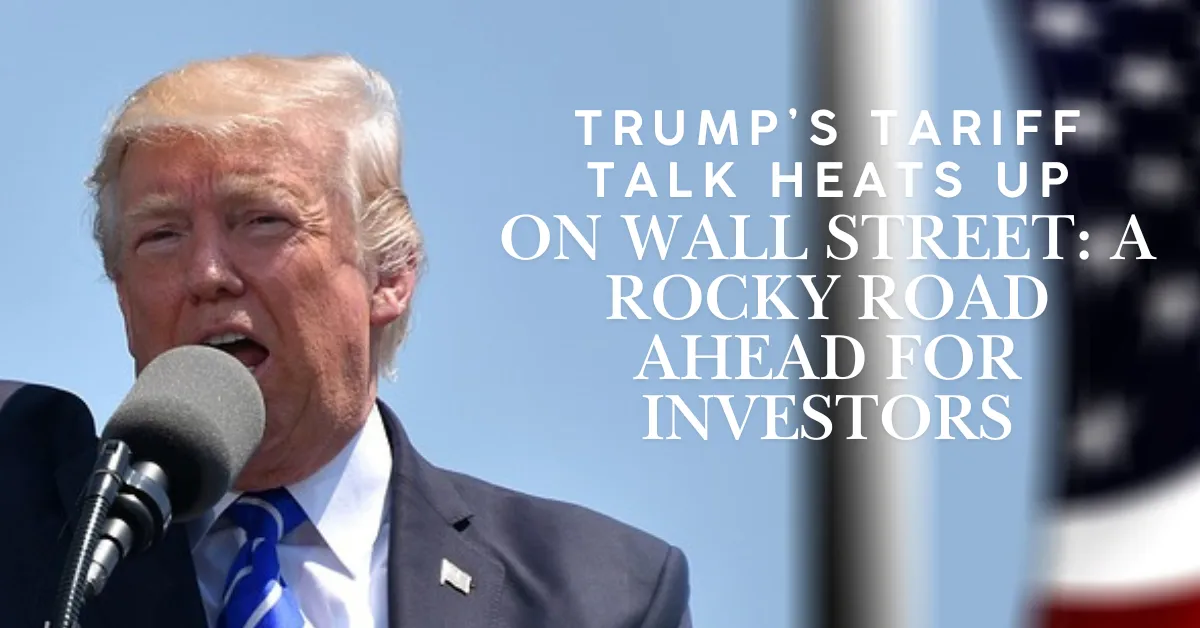In recent weeks, discussions surrounding President Trump’s proposed tariffs have intensified, sending ripples through Wall Street and raising concerns among investors. The prospect of new tariffs on imports from China, Mexico, Canada, and non-U.S.-based manufacturing companies has sparked debates about potential economic impacts and market volatility.
Understanding the Tariff Proposals
President Trump’s administration is considering implementing new tariffs on various imports, including those from China, Mexico, Canada, and non-U.S.-based manufacturing companies. These measures aim to promote domestic production and reduce reliance on foreign goods. While the intention is to bolster the U.S. economy, economists have expressed concerns about potential negative effects on global trade and inflation.
Impact on Wall Street
The announcement of these tariff proposals has led to increased uncertainty in the stock market. Investors are closely monitoring the situation, as tariffs can influence corporate profits, supply chains, and consumer prices. Historically, tariff threats have contributed to market volatility, and the current climate suggests a similar pattern may emerge.
Sector-Specific Effects
Certain sectors are more susceptible to the impacts of tariffs. Industries such as manufacturing, technology, and agriculture may experience disruptions due to changes in trade policies. For instance, companies that rely on imported materials or export products to affected countries could face increased costs or reduced demand. Investors in these sectors should remain vigilant and consider the potential long-term effects of tariff implementations.
Investor Strategies Amid Tariff Uncertainty
Given the current environment, investors are advised to adopt a cautious approach. Diversifying portfolios, staying informed about policy developments, and consulting with financial advisors can help navigate the complexities introduced by potential tariffs. While the full extent of the impact remains uncertain, proactive strategies can mitigate risks associated with trade policy changes.
Conclusion
The escalating discussions on tariffs under President Trump’s administration have introduced a new layer of complexity to the financial landscape. As Wall Street braces for potential policy shifts, investors must stay informed and adapt their strategies to navigate the evolving economic environment. The coming months will be crucial in determining the long-term effects of these trade policies on the U.S. economy and global markets.

